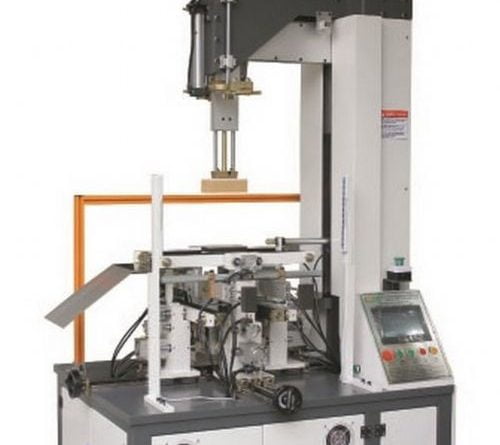Skip to content

Rigid box making machinery, traditionally known for its role in producing high-end, durable packaging, is undergoing a technological revolution. The integration of digital technology has transformed these machines from mere manufacturing tools into smart, highly efficient systems capable of precision, customization, and minimal waste. With features like 3D printing capabilities and AI-driven design optimization, today’s rigid box making machinery can produce packaging that is not only robust and visually appealing but also tailored to the specific needs of products and brands.
Sustainability at the Core of Innovation
As the world leans more towards sustainable practices, rigid box making machinery is not left behind. Modern machines are designed with sustainability in mind, utilizing recycled materials and non-toxic adhesives. The advent of energy-efficient motors and reduced material waste underscores the industry’s commitment to environmental stewardship. Moreover, the push towards biodegradable and compostable materials is setting a new benchmark for eco-friendly packaging, with rigid box making machinery at the forefront of this green revolution.
The Untapped Potential of Rigid Box Making Machinery
The potential of rigid box making machinery extends beyond traditional packaging applications. In an era where user experience can significantly influence brand loyalty, these machines are becoming instrumental in creating interactive and multi-functional packaging. Innovations such as embedded RFID tags, which allow for tracking and interactive experiences, and designs that repurpose the packaging into display stands or secondary uses, are just the tip of the iceberg. This not only enhances the consumer’s unboxing experience but also aligns with the principles of a circular economy, where the lifecycle of packaging is extended.
Towards a Future of Smart Packaging
Looking ahead, the convergence of rigid box making machinery with IoT (Internet of Things) technology presents a future where packaging is not just a container but a smart entity. Imagine packaging that can communicate freshness, display dynamic content, or even reorder itself when contents are low. The integration of sensors and smart chips could revolutionize how we interact with products, making packaging an integral part of the product experience.

